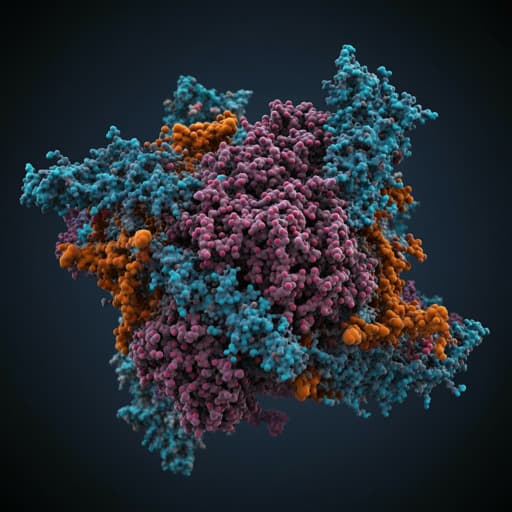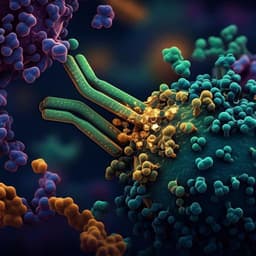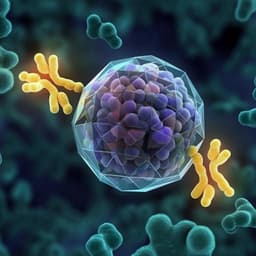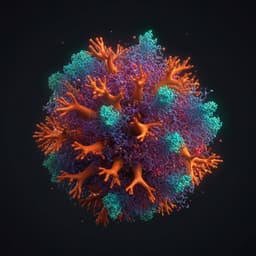
Biology
Does the SARS-CoV-2 Spike Receptor-Binding Domain Hamper the Amyloid Transformation of Alpha-Synuclein after All?
Y. Stroylova, A. Konstantinova, et al.
This groundbreaking research conducted by Yulia Stroylova and colleagues unveils an intriguing interaction between the SARS-CoV-2 spike protein's receptor-binding domain and alpha-synuclein, potentially linking COVID-19 to neurodegenerative processes. The study suggests that the receptor-binding domain may surprisingly inhibit alpha-synuclein amyloid transformation, reducing its cytotoxicity and hinting at new therapeutic avenues for Parkinson's disease.
~3 min • Beginner • English
Related Publications
Explore these studies to deepen your understanding of the subject.







